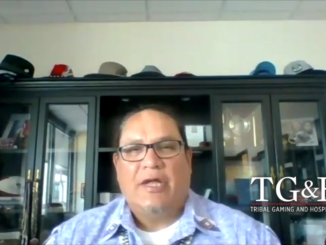
“Well you know how it is, about half the people here do most of the work,” said the VP. My eyes widened because I know that if that is the belief then that is what is being subconsciously screened for. True enough, the company had hired a group of martyr workaholics and slackers. The martyrs gloated about their superiority and griped about their resentments and the slackers took on their job of complaining, relinquishing tasks and feeling undervalued. No one was happy.
An organization doesn’t become what it wants or states in the mission placard hung in the lobby
No, an organization becomes what it believes. The beliefs of an organization are so ingrained and often so subconscious that those in the organization don’t recognize them as the unstated beliefs, but you can always tell the reality of what the organization believes. Take a close look at what it creates and the patterns manifested through its team members. The results will tell you everything it believes. It is all in the results.
The process of real change isn’t an easy one. It starts at the top and must be supported by leadership. It demands a systemic approach that is consistently applied. Over time and with great consistency cultures can change. By looking at the WHAT, WHY, WHERE and HOW organizations can optimize what is working and make course corrections.
Assessment – WHAT
The first step to shifting a culture is to do a careful assessment. This is really just looking at results. What is showing up in the organization? What is happening that is working well and what seems to be the problems? This needs to be done without judgment or finger pointing. When judgment is brought into this stage of the process, you will not get accurate results because team members will be frightened of accusation. Blame is a sure way to discourage an honest assessment. Pause to look at what is revealing itself through the results with the lens of curiosity. Reward the process by applauding honest observations.
Analysis – WHY
The next step is to get to the root of what is happening. This involves a lot of “why” questions. It isn’t always an easy surface answers. For example, if turnover in the organization is high the reason may be that pay is too low or that there isn’t an upward career path in the organization. Turnover may be present because the organization doesn’t cultivate loyalty or maybe it is simply in a competitive marketplace. The reasons for the same result can vary greatly and it requires a soul searching, honest look at the origin of the effect.
Systems Rewrite – WHERE
The next step is to consciously decide the culture that will be created. This requires a deep dive looking at every system and creating alignment with the new direction. It also means bolstering the aspects of the system that are already high functioning. Every system and training must be sent through the filter of aligning to the chosen values.
Evolve or Dissolve – HOW
Not everyone or everything will survive an intentional culture shift. Many will evolve and thrive in the new environment and others will naturally not fit. If the culture asks everyone to contribute as a team neither martyrdom nor indolence will fit in this culture. The organizational culture will naturally begin to draw what aligns with its truly embraced, believed values.
Through a very conscious, transparent approach, cultures can create and sustain optimized organizations but this process asks the organization to shift the core beliefs and make honest assessments about the results. The results will always tell us the truth about the organization’s beliefs.



